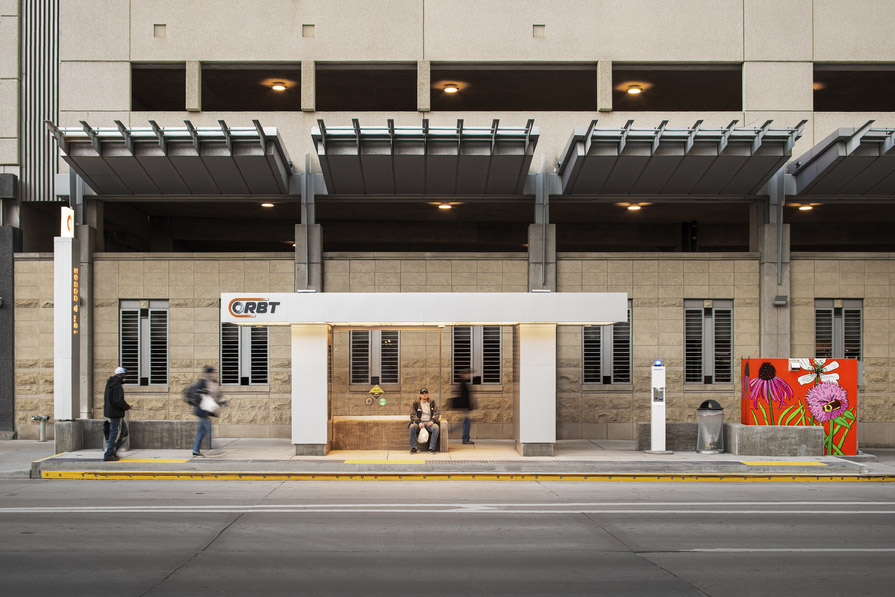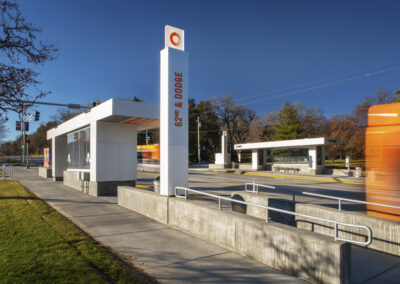Recent Articles
Lori McGilberry Joins LEO A DALY
Lori McGilberry, CHID, EDAC, NCIDQ, RID, joins LEO A DALY to lead and help deliver future-flexible environments that inspire wellness, health and hospitality throughout the dynamic delivery of care.
AIA Florida Honors 360 Rosemary with Statewide Award
360 Rosemary, a 20-story mixed-use project in West Palm Beach, has earned the prestigious Merit Award of Excellence for New Work from AIA Florida. Designed by LEO A DALY and Elkus Manfredi Architects, this LEED Gold-certified tower features stunning office spaces, retail areas, and urban community spaces, contributing to revitalizing the downtown area.
LEO A DALY Expertise Featured in July’s American School and University
The July issue of American Schools and Universities features an article from LEO A DALY’s Irena Savakova and Anya Grant, sharing the design successes for the University of Maryland’s Thurgood Marshall Hall.
LEO A DALY-Designed Bismarck-Burleigh Public Health Building Wins AIA Minneapolis Merit Award
The Bismarck-Burleigh Public Health Building, designed by LEO A DALY, has been honored with an AIA Minneapolis Merit Award.
20 Mass Earns Rethinking the Future Award, an International Honor
An international jury has honored the LEO A DALY-designed 20 Mass project with a Rethinking the Future Award, which recognizes excellence in global architecture.
Omaha transit stations awarded ‘Outstanding Achievement’ for concrete design
The American Concrete Institute’s Nebraska chapter recognized Omaha Rapid Bus Transit (ORBT) stations for outstanding concrete design

LEO A DALY’s design for Omaha Rapid Bus Transit’s 24 stations has received the Outstanding Achievement Award from the Nebraska chapter of the American Concrete Institute. The award was presented during a virtual awards banquet April 22. LEO A DALY led structural engineering as well as architecture, technology design, and electrical and mechanical engineering.
Stations for Metro Transit’s Omaha Rapid Bus Transit (ORBT) system used concrete for foundations, station platforms, piers and pilasters. The material was selected to achieve multiple design goals in 24 unique of configurations while achieving a premium, easily recognizable brand appearance.
LEO A DALY’s structural engineers calculated specific properties to ensure a high aesthetic value as well as user-friendliness and durability — all while meeting challenges unique to each of the station’s 24 sites. For example, pier heights at each station vary according to the slope of the ground, and foundation design minimized impacts to underground utilities. Engineers also specified concrete characteristics that facilitate rapid constructability to minimize road closures during construction.
Thoughtful concrete design and specification helped ORBT transit stations achieve their signature brand appearance to aid in wayfinding and usability. At the same time, it enhanced transit-user experiences and the longevity of infrastructure at each station.


